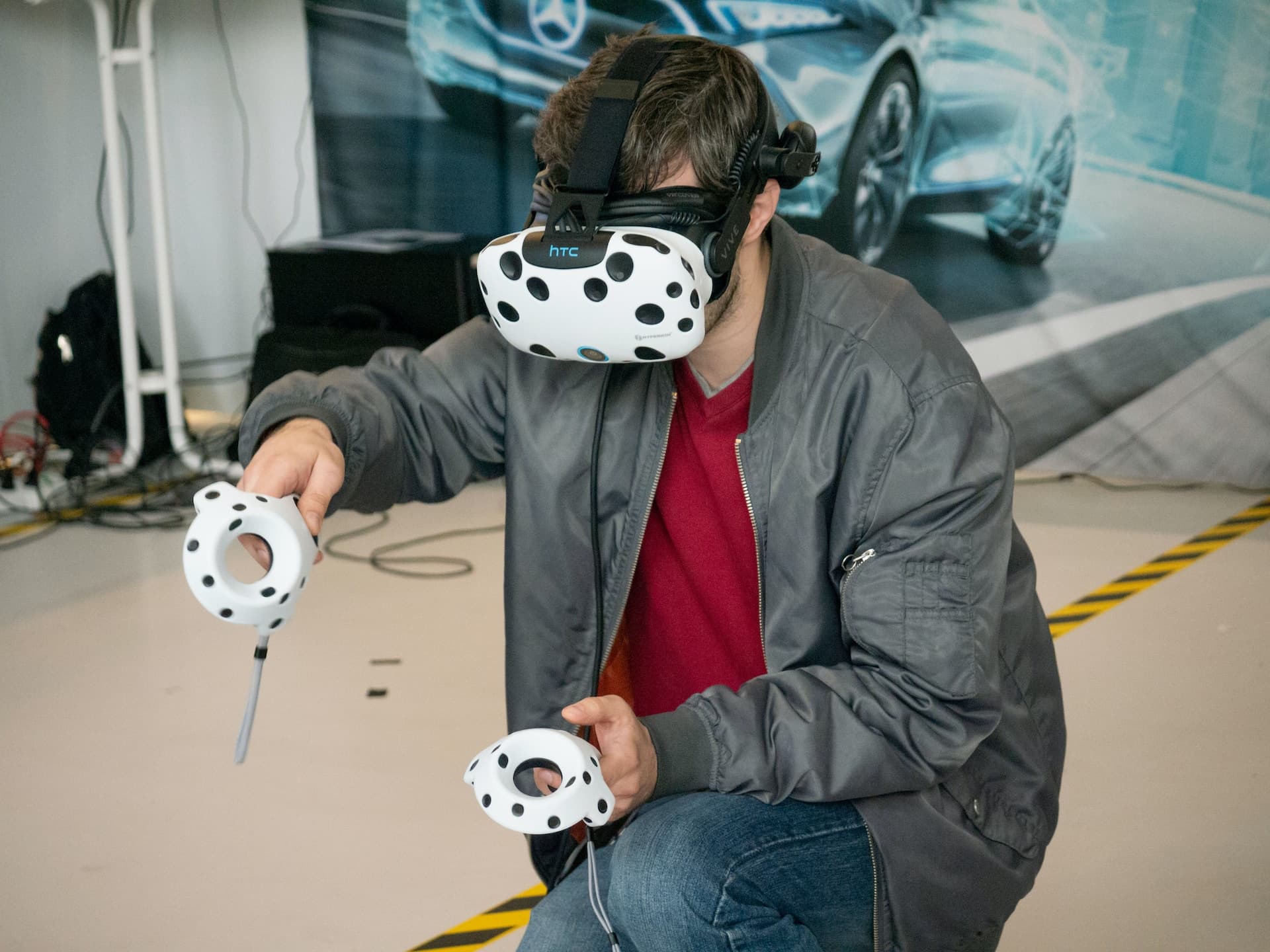Virtual Reality and Responsible Driving
The world of technology has seen the rise of Virtual Reality (VR) as a dominant force across various sectors. From entertainment to education, its impact is undeniable. One area that stands to benefit immensely from VR’s capabilities is driver education and awareness. Using the immersive nature of VR, it’s possible to offer users a firsthand experience of what it feels like to be behind the wheel. For cities like Vancouver, where the emphasis on having a professional Vancouver designated driver service is strong, VR could be the next frontier in driving responsibly and safely.
The Immersive Nature of VR
Virtual Reality is not merely a visual tool; it offers a fully immersive experience, making it distinct from traditional learning methods. With VR, individuals don’t just watch or listen; they feel, perceive, and interact with the environment presented to them. This immersive experience can evoke strong emotions, making lessons learned in VR more impactful and longer-lasting compared to conventional methods.
Current Uses of VR in Driver Training
The potential of VR in driver training is already being recognized globally. Several driving schools and institutions have integrated VR driving simulators as part of their curriculum. These platforms immerse learners in a realistic driving environment, allowing them to experience various scenarios they might encounter on the road.
Feedback from users has been overwhelmingly positive. Many have noted that VR simulators provide a safe environment to make mistakes and learn from them, without real-world consequences.
ALSO READ: Can Racing Games Improve Your Real-World Driving Skills
The Role of VR in Promoting Safe Driving Habits
One of the most significant advantages of VR in driver training is its ability to simulate the consequences of one’s actions. For instance, a user can witness the aftermath of reckless driving in a hyper-realistic environment, feeling the emotional weight of their actions.
Moreover, VR offers a platform for immersive practice. Users can engage in repeated sessions, navigating through different scenarios, from busy intersections to tricky highway merges, thus internalizing good driving habits.
Lastly, the interactive nature of VR ensures real-time feedback. Users receive instant responses about their driving decisions, helping them refine their skills further.
VR Simulating the Experience of Being a Designated Driver
Being a designated driver comes with its set of challenges. VR can simulate this experience, placing users in scenarios like driving friends home from a party or navigating through challenging night-time conditions. These simulations emphasize the responsibility entrusted upon a designated driver, making it evident that their role is not just about driving but ensuring the safety of everyone in the vehicle.
Moreover, VR can bring forth the potential distractions a designated driver might face – from inebriated friends to unexpected road scenarios. Navigating these situations in a simulated environment can prepare individuals for real-world challenges.
Potential Challenges and Ethical Considerations
While VR offers promising solutions, it’s not without its challenges. One primary concern is the realism of simulations. It’s crucial for these virtual scenarios to be accurate representations of real-world situations to prevent misinformation or the development of incorrect driving habits.
Another potential drawback is the risk of desensitization. Constant exposure to simulated accidents or dangerous situations might numb users to these occurrences, making them less impactful over time.
Additionally, there’s the challenge of accessibility. To make a significant impact, VR driving education must be made available to a wide audience, ensuring everyone can benefit from its advantages.
Integration into Gaming
Edutainment, the fusion of education and entertainment, presents an exciting avenue for VR in driving. Many modern games strive for realism, making them perfect platforms to incorporate VR driving lessons or scenarios.
There are already games that touch on responsible driving, and with the integration of VR, these lessons can be made more potent. Future possibilities might include popular driving games introducing missions that emphasize the role of a designated driver or campaigns that reward responsible driving.
Conclusion
Virtual Reality stands as a powerful tool in reshaping driving education. Its immersive nature, coupled with its ability to provide real-time feedback, makes it a valuable asset in promoting safe driving habits. For cities like Vancouver, which prioritize safety with services like professional Vancouver designated driver service, VR could be a game-changer. It’s an invitation for developers, educators, and the public to see VR not just as a technological novelty but as a tool for societal betterment.



